

How fitness app SWEAT beat the trends to sell for $400 million
How fitness app SWEAT beat the trends to sell for $400 million
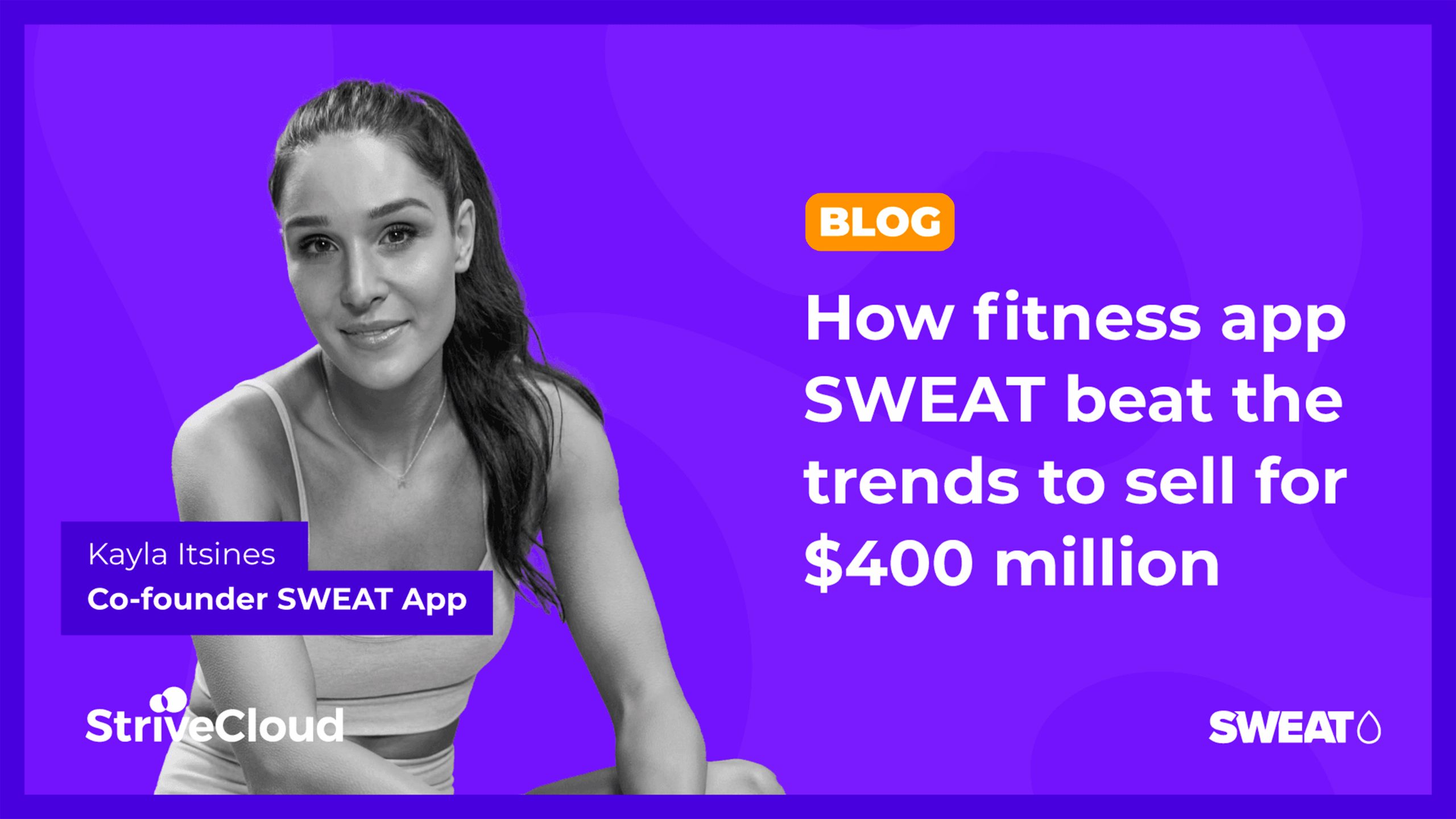
The success of the SWEAT app highlights key strategies for growth in the competitive mHealth market.
Interest in mHealth apps is skyrocketing - and fitness apps are leading the way. In 2020, growth in fitness application users increased 46%. As a result, there is a fierce battle emerging between competing apps. Take SWEAT, for example, which launched in 2015. Within just 2 years, SWEAT became the most profitable fitness app in the world, making $76 million! How did they do it?
Let’s look at some gamification examples that build customer motivation for SWEAT users. There is one feature in particular that co-founder Kayla Itsines credits for the app’s success. Here is what SWEAT does to earn more downloads than both Nike+ and MyFitnessPal:
- 3 trends affecting fitness apps today
- How SWEAT stays ahead of the curve
- 5 gamification examples in SWEAT that boost customer motivation
- Recap

This graph illustrates the rapid growth forecast for the mHealth app market, setting the stage for increased competition.
3 trends affecting fitness apps today
The financial forecast for mHealth apps predicts near double growth every two years. Given this, product managers in mHealth need to be on the lookout for trends to keep their apps on top:
#1 Virtual trainers are ‘in’. More than ever, people are now used to things in their own homes. With this in mind, the growth in online trainers seems inevitable. To put a number on it, the virtual fitness market was worth $6 billion in 2019, and is set to be an extravagant $60 billion in 2027! SWEAT, however, was pioneering virtual trainers as early as 2017, but more on that later.
#2 Inclusive app design is a customer necessity. Motivating the growth in mHealth is the need for ‘inclusive integration’. Put briefly, people prefer one platform with multiple features, rather than many platforms with one purpose. In response, tech professionals are calling for ‘multi-user, multi-health condition’ apps in order to streamline and integrate mHealth.
#3 Community challenges are encouraging customer motivation. In 2020, the top activity tracker app Strava ran a 5k running event in the UK, which saw 1 million users take part from their hometowns. Product managers view online challenges as a way to reduce the barriers to fitness app engagement. There is little excuse to not go for that 5k run if you can do it down your street!
How SWEAT stays ahead of the curve
SWEAT saw the trends in online fitness coming and adopted them early on. For one, Co-founder Kayla Itsines became the world’s biggest fitness influencer in 2017, mainly through Instagram. She was popular online long before virtual trainers were a hot topic like today!
Kayla started SWEAT with now CEO Tobi Pearce, to help women get fit and provide them with variety in exercise beyond the treadmill. At first, Kayla launched the ‘Bikini Body Training Guide’, now called High Intensity. This package cost $19.99 a month and bought users the ability to create meal plans, training videos with Kayla, and various e-books. That integration has come to define SWEAT - somewhere users can fulfill all their fitness needs. Clearly, SWEAT has always been an inclusive digital platform with customer motivation at heart.
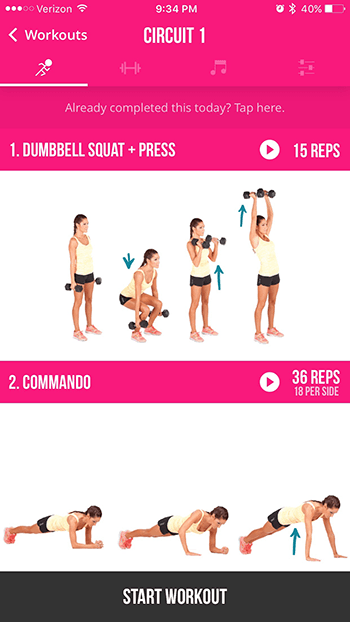
Features like integrated meal plans and music streaming demonstrate how SWEAT creates a holistic, all-in-one user experience to retain subscribers.
Today, SWEAT is integrated with Apple Music and Spotify. This way, you don’t even need to leave the app to play music (and then get distracted by something else). These integrations and features like the meal planner keep users glued to the app. To go into more detail, the meal planner ranges from breakfast to late-night snacks, includes filters for vegetarian, vegan, and other diets, and even lists full recipes.
What is gamification and how does it increase customer motivation?
5 gamification examples in SWEAT that boost customer motivation
SWEAT’s app is well designed to keep users fit and achieving their fitness journeys. Let’s explore 5 gamification examples the app employs to motivate its userbase.
1) Community features enhance the social experience
Aside from sharing post-workout selfies, SWEAT has forums where users can connect. For example, you can discuss recipes, recommend exercises, and even find and challenge workout buddies! A recent study found that the mechanism of competition enables interaction. In turn, the closeness of the community motivates the intention to exercise, ‘increasing confidence and connection’. It’s a built-in positive feedback loop!

SWEAT's community forums are a prime example of using social features to foster connection and motivate users through shared experiences.
2) Personal profiles give users autonomy
It may sound simple, but basic tools like avatar selection and a personal profile can transform the user experience. For example, if you show the user avatar after an achievement, studies find it will lead to a higher ‘sense of presence’. This means that users feel more involved! As a result, you tap into the intrinsic motivator of self-worth.
3) Setting fitness goals creates targets to strive for
In setting exercise goals and time targets, users create ownership over their fitness journey. Studies show that adding a deadline greatly helps goal pursuit! The app supports these targets by aligning them with the workout programs, encouraging 12-week deadlines. Just long enough to make a difference, not too long to seem daunting.
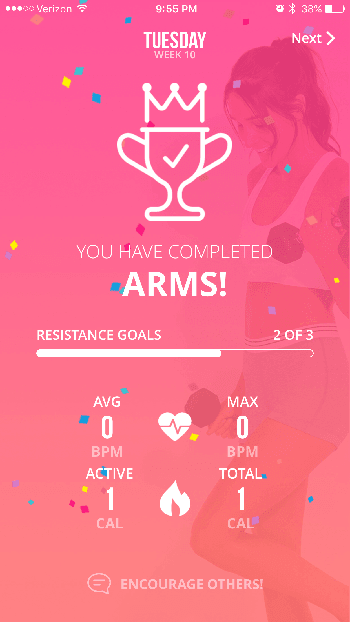
Goal-setting features, like the 12-week challenge shown here, provide clear targets and a sense of ownership over the fitness journey.
4) Trophies let users take pride in their achievements
A dedicated ‘trophy’ section lets users review their progress and remind them of why they use the app. Unlocking achievements and trophies taps into the gamification dynamic of constraint, meaning that certain parts of your app are locked off for those who haven’t earned it. Give your users something to work for! A trophy cabinet with empty slots will motivate users to fill them in.
5) Before-and-after photos act as a progress tracker
This is one of the signature features on SWEAT, and what Kayla says she owes the app’s success to! Users can post before-and-after photos to show off how working out has improved their physique. In effect, this helps users track their progress, an important gamification dynamic. By seeing how far you have come, it provides positive reinforcement to continue exercising. In addition, you can also easily share these photos, which facilitates community feedback and lets users brag about their social status, an extrinsic motivational driver.
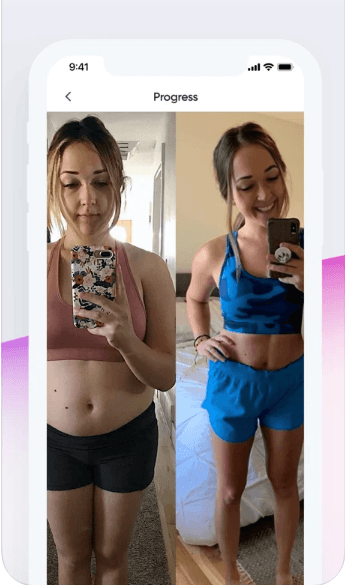
The signature before-and-after photo feature acts as a powerful progress tracker, providing tangible proof of users' hard work and success.
In conclusion, SWEAT is a model to follow. Learning how the SWEAT teal stayed ahead of the curve to lead the world’s most profitable fitness app teaches a lesson for aspiring mHealth apps.
Want to increase the fun on your app? Discover our app gamification software!
Recap
In 2020, growth in new fitness application users increased 46%. SWEAT is one of the market leaders, specializing in exercise programs for women. Within just 2 years, SWEAT became the most profitable fitness app in the world, making $76 million! In 2021, it sold for a colossal $400 million. So what did they do right?
They were ahead of today’s trends:
- Virtual trainers are a hot topic. The virtual fitness market was worth $6 billion in 2019, and is set to grow to $60 billion in 2027! Far ahead of the game, SWEAT was pioneering virtual trainers as early as 2017.
- Customers expect inclusive and integrated platforms. Consumers want one platform with multiple features, rather than many platforms with one purpose. SWEAT provides fitness and meal planners, as well as integration with other platforms like Spotify!
- Community challenges are the next big thing. Online challenges reduce the barriers to fitness app engagement and make it easier to join in.
SWEAT took advantage of the trends to build an app around customer motivation. Here are 5 gamification examples that earned them more downloads than both Nike+ and MyFitnessPal:
- Community features enhance the social experience.
- Personal profiles give users autonomy.
- Setting fitness goals creates targets to strive for.
- Trophies let users take pride in their achievements.
- Before-and-after photos act as a progress tracker.
In conclusion, SWEAT is a model to follow. Learning how the SWEAT team stayed ahead of the curve to lead the world’s most profitable fitness app teaches a lesson for aspiring mHealth apps.
Want to improve health through motivational science? Get a free consultation & find out how it can help your app!
Related Posts

How mobility app HumanForest is using gamification to make the world a better place
HumanForest is a new micro-mobility app, backed by all of Cabify's co-founders. The team is dedicated to driving sustainable behaviors. While their bikes are powered by renewable energy, their app is powered by gamification!
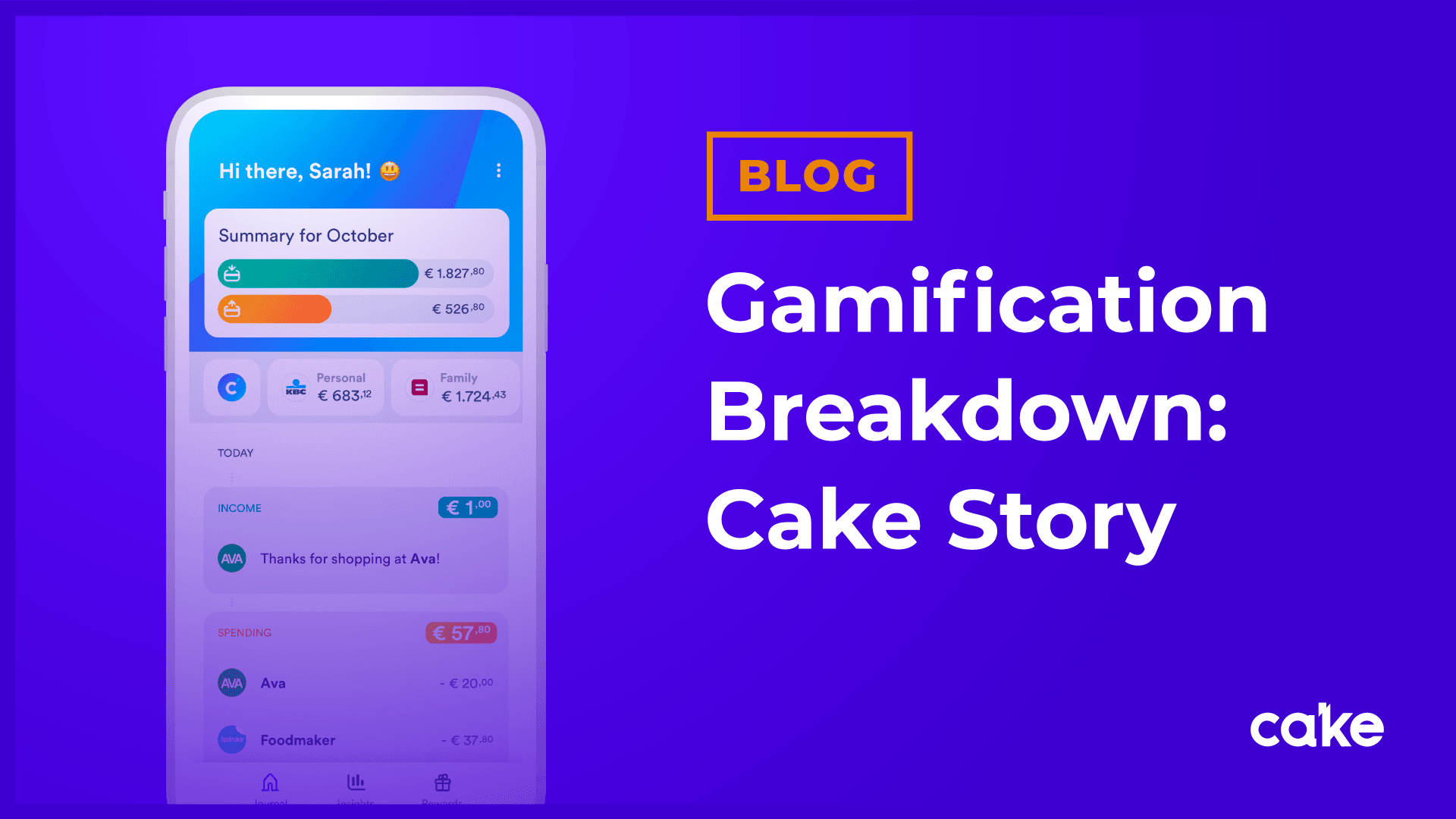
Cake: 5 gamification examples that improve the fintech user experience
While physical visits to the banks decreased by 36%, mobile transactions jumped by 121%. The future of online banking is undeniable, and new fintech solutions create new opportunities for banks to engage with their customers. One of those initiatives is Cake. This app gained 120,000 users in just 1 year and shares literal profit with its users. Here's how they did it!

